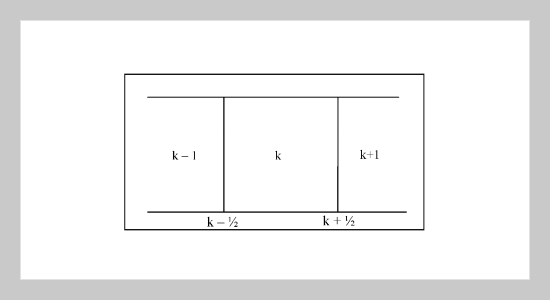Ming-Tsu Ho This email address is being protected from spambots. You need JavaScript enabled to view it.1 1Department of Electronic Engineering, WuFeng Institute of Technology, Min Shong, Chia Yi, Taiwan 621, R.O.C.
Received:
May 18, 2005
Accepted:
June 23, 2006
Publication Date:
March 1, 2007
Download Citation:
||https://doi.org/10.6180/jase.2007.10.1.06
A recently developed numerical method applied to the numerical solutions of the time-domain Maxwell curl equations and the one-dimensional computational results of the propagation of electromagnetic pulses through media having complex higher-order susceptibilities are presented in this paper. Since the linear and nonlinear polarizations due to the linear and complex higher-order susceptibilities can be expressed as a power series of the applied electric field, the characteristic-based method numerically simulates the nonlinear behavior of electromagnetic pulses inside lossless, isotropic, nonlinear materials by incorporating complex higher-order susceptibilities into the permittivity term and then updating the effective permittivity as time progresses. In such task the media are assumed to be frequency-independent. The computed electric fields and the effective permittivities are shown as functions of time for several cases.ABSTRACT
Keywords:
Complex Higher-order Susceptibilities, Linear and Nonlinear Polarization, Characteristicbased Method
REFERENCES









